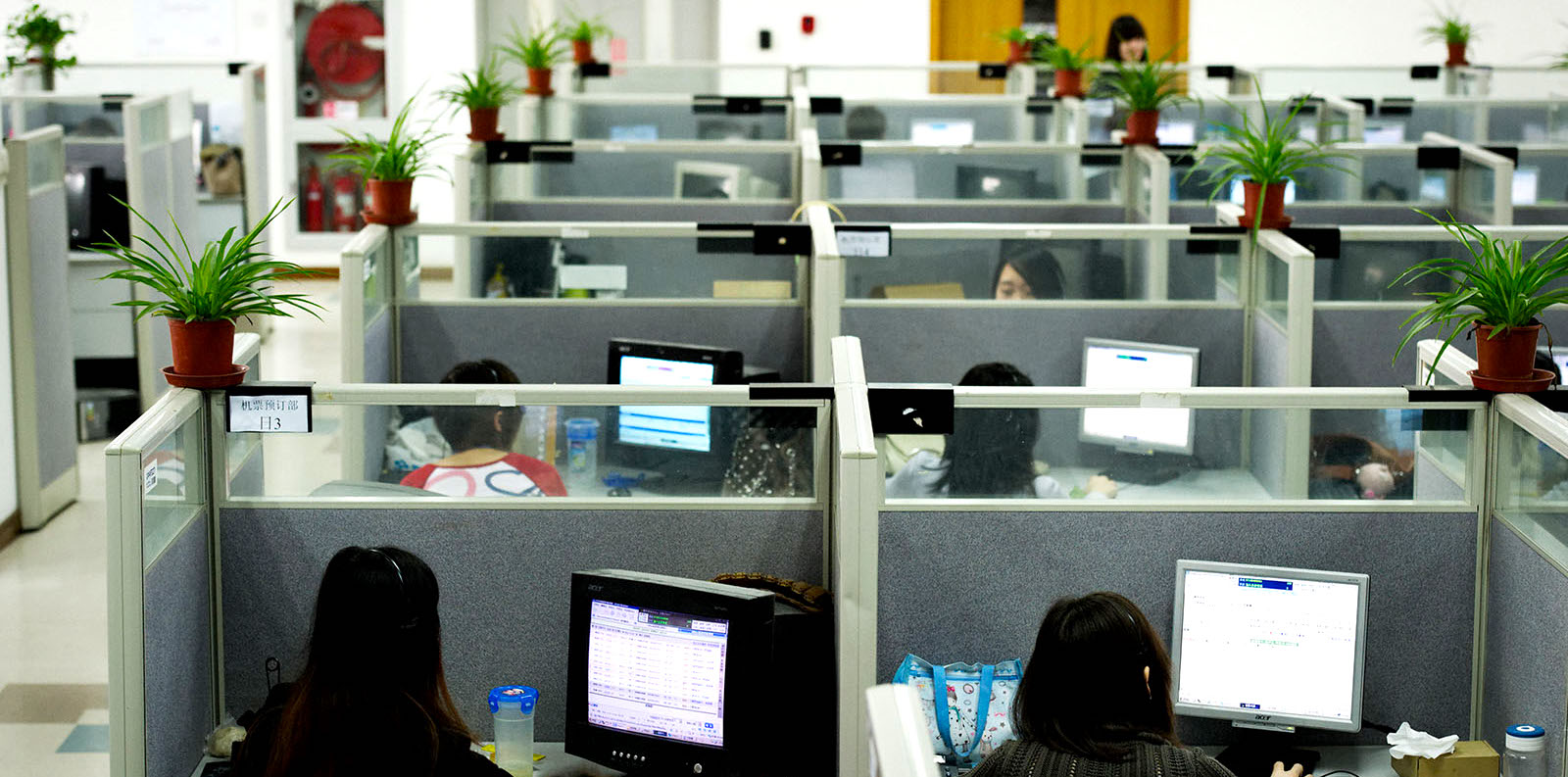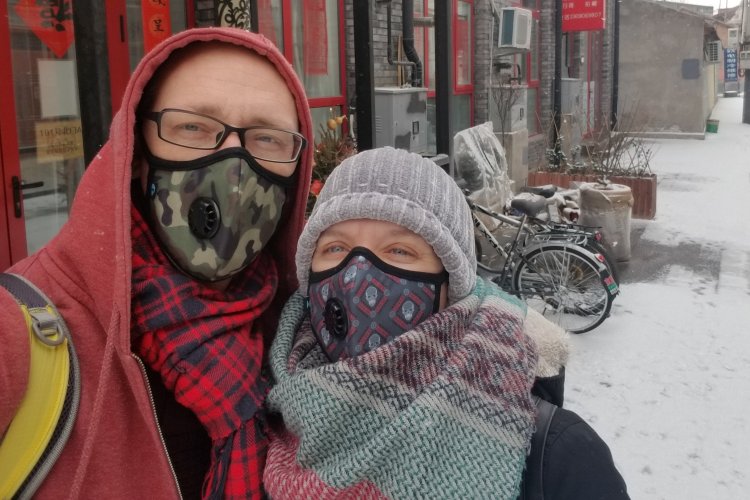Heading Back to the Office? Not Without Taking These Measures Says Beijing
As Beijingers begin to put out their first feelers after a long and drawn-out hibernation, the government has released a list of rules for offices and commercial buildings to abide by before they consider letting – the now eager to have a change of scenery – workers back in.
The directive, titled "Notice on Further Clarifying the Epidemic Prevention Requirements for Office Units in Commercial Buildings" and jointly released on Monday by five government departments, outlines a number of measures that shared business spaces must adhere to in order to mitigate the chances of a new round of coronavirus cases as staff return to the workplace after a prolonged Chinese New Year.
Some of the more notable restrictions include daily monitoring of employee body temperature, ensuring that use of the elevator does not exceed 50 percent capacity, maintenance of at least one-meter distance between staff members at all times, and that each employee has at least 2.5 meters of personal workspace.
Other than "industry authorities and law enforcement departments at all levels," the announcement does not explicitly state who is in charge of enforcing these rules. From the experience at the Beijinger office, it appears that responsibility falls to both the building management and individual offices. The announcement goes on to say that units must comply with these laws and regulations and will be required to rectify their methods "if they do not implement their epidemic prevention responsibilities" accordingly.
Here are the 10 measures in full, as translated from this post from the official Beijing Fabu (北京发布) WeChat account:
-
Encourage all work units to reduce the concentration of personnel by 50 percent, installing measures for staff to work from home, assigning shifts, staggered office hours, and other flexible work arrangements.
-
Employers must ensure that employees who return to Beijing must undergo self-quarantine for 14 days. Employers must also take measures to measure employee health, report any issues to the necessary health departments, and help them seek medical treatment or arrange home observation.
-
Employers must monitor the body temperature of employees daily and ensure that on-the-job employees wear masks as required.
-
Employees must not exceed 50 percent of the maximum capacity of the elevator.
-
Measures should be taken to reduce the density of the number of staff in the office, and that employees maintain at least one-meter distance between themselves. Individuals should be provided workspaces that are no less than 2.5 square meters each.
-
There should be daily cleaning and disinfection of public areas, and fingerprint or key access points should be disinfected in accordance with the relevant requirements of the disease prevention and control agencies.
-
Units that use centralized air conditioning and ventilation systems should disable air circulation, and clean, disinfect, or replace key components that may pose a threat of infection on a weekly basis.
-
Mealtimes should be staggered to reduce the number of staff eating together and a one-meter distance should be maintained between anyone who does eat together. Employees must not eat facing each other. Public eating spaces must be disinfected after each diner. Cafeterias should implement measures to ensure the health of each member of cafeteria staff and increase the frequency of temperature checks.
-
Management must measure the health conditions of visitors to prevent the spread of infection and maintain the safety of the office and staff.
-
Businesses must clarify who is responsible for enforcing prevention measures and those in charge of full-time epidemic prevention personnel.
These new restrictions are in line with other official notices on dining outside, how compounds should manage residents, as well as who is and isn't required to adhere to quarantine rules. Just like those guidelines, the extent to which they are enforced will likely depend on the personnel in charge of imposing them as well as how far the government goes to monitor and punish anyone found not to be adhering to them. In that regard, only time will tell how effective they are.
READ: Tips on How to Stay Healthy and Hygienic as You Return to Work
Image: Brink Asia







